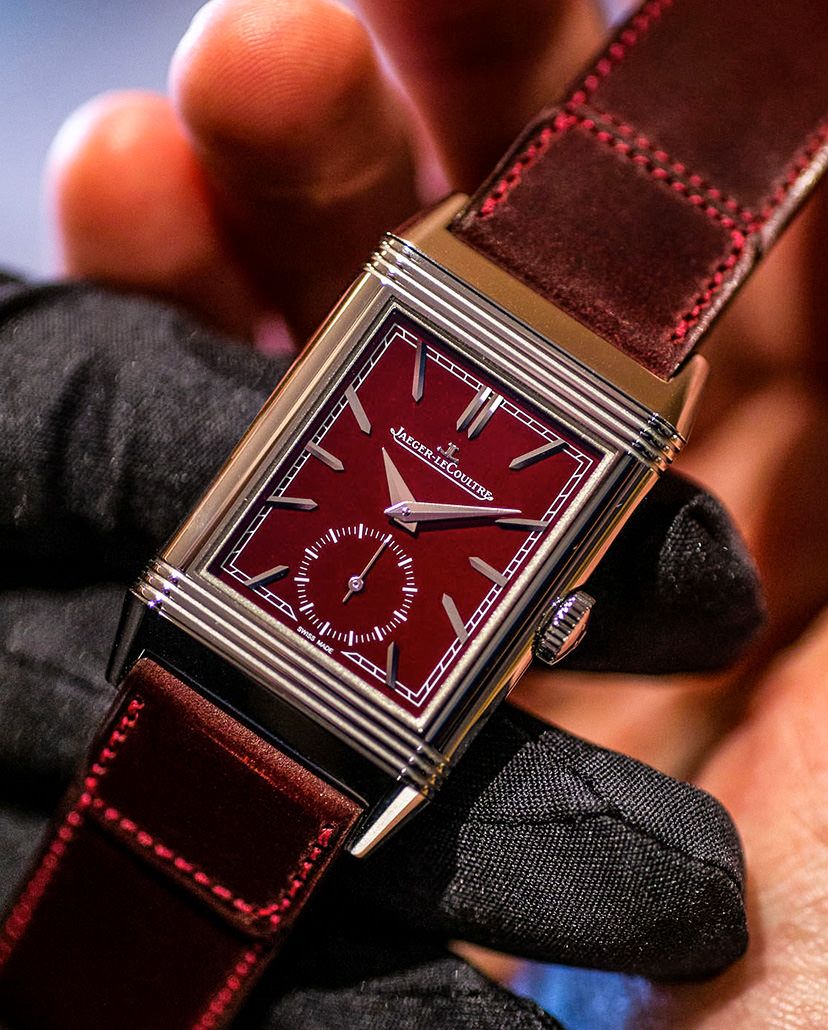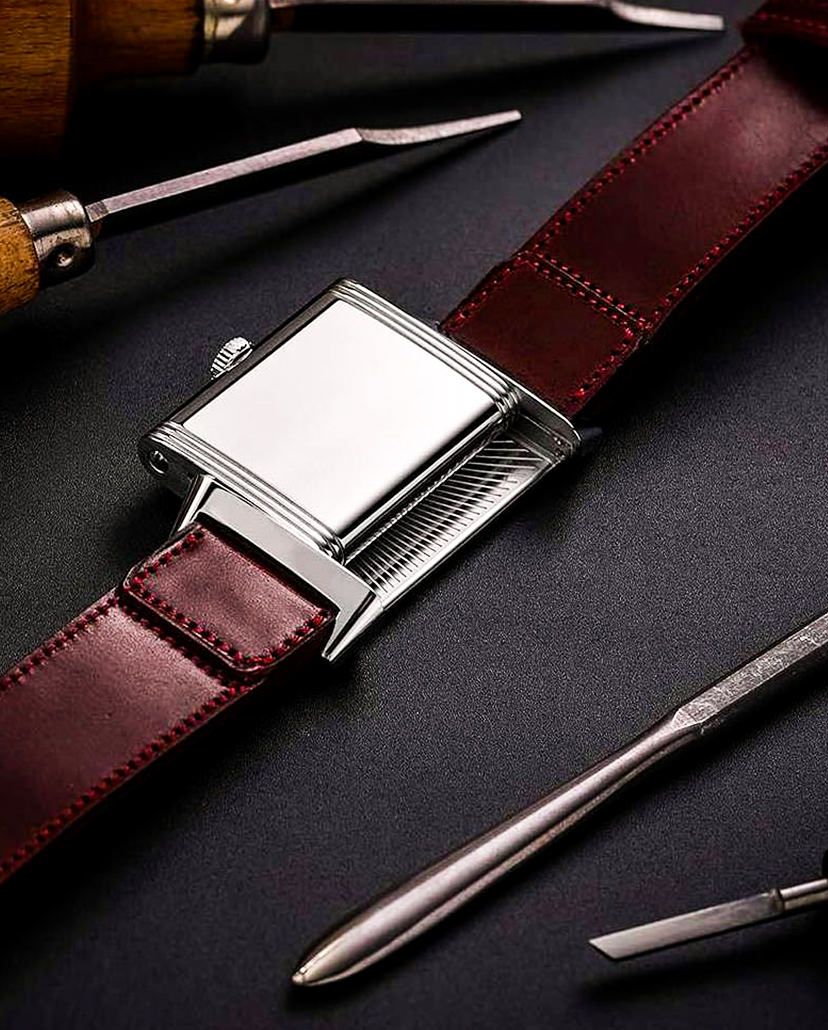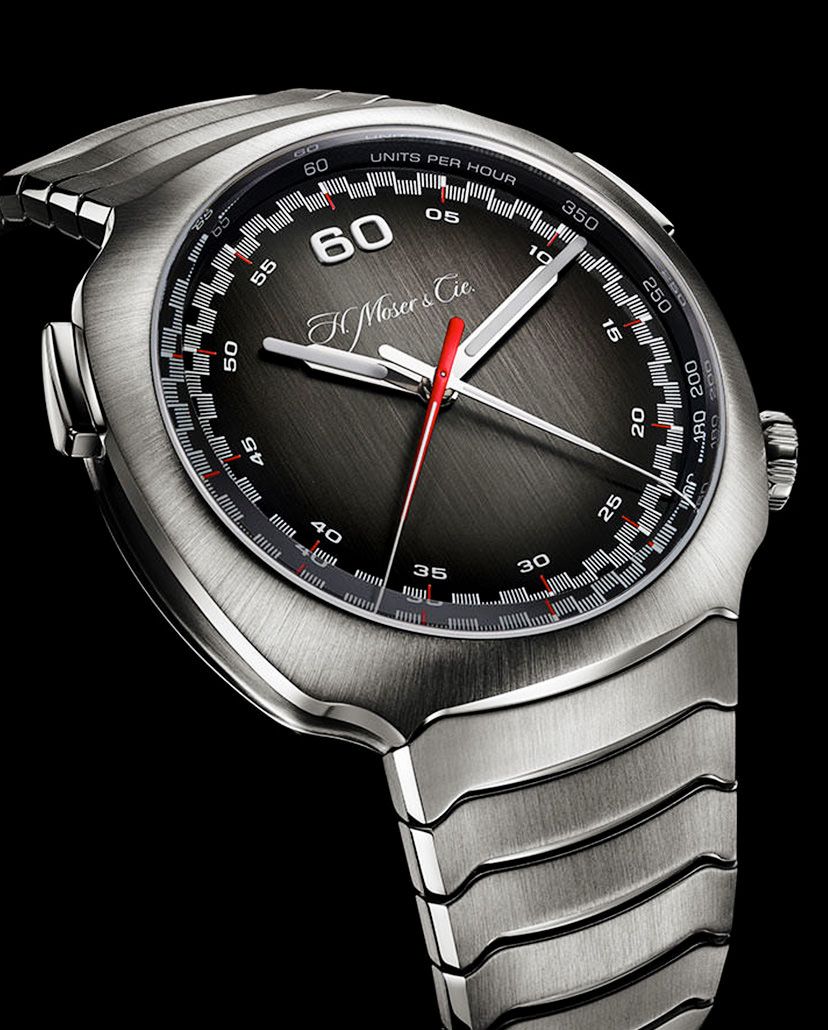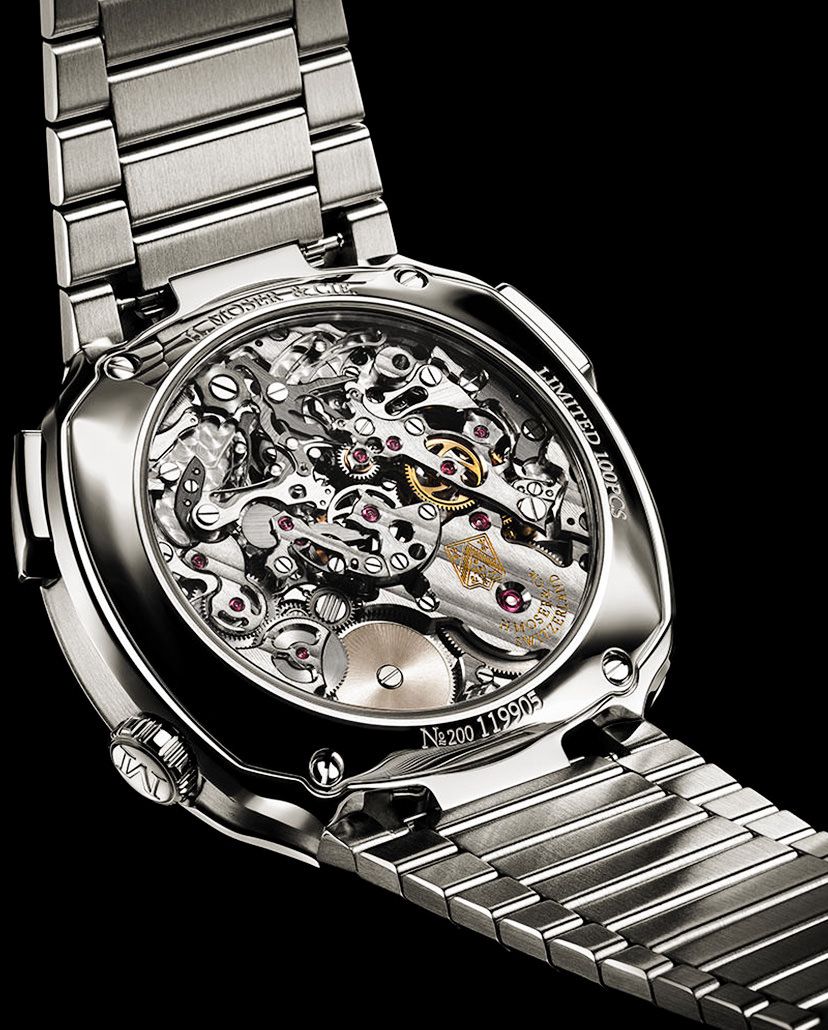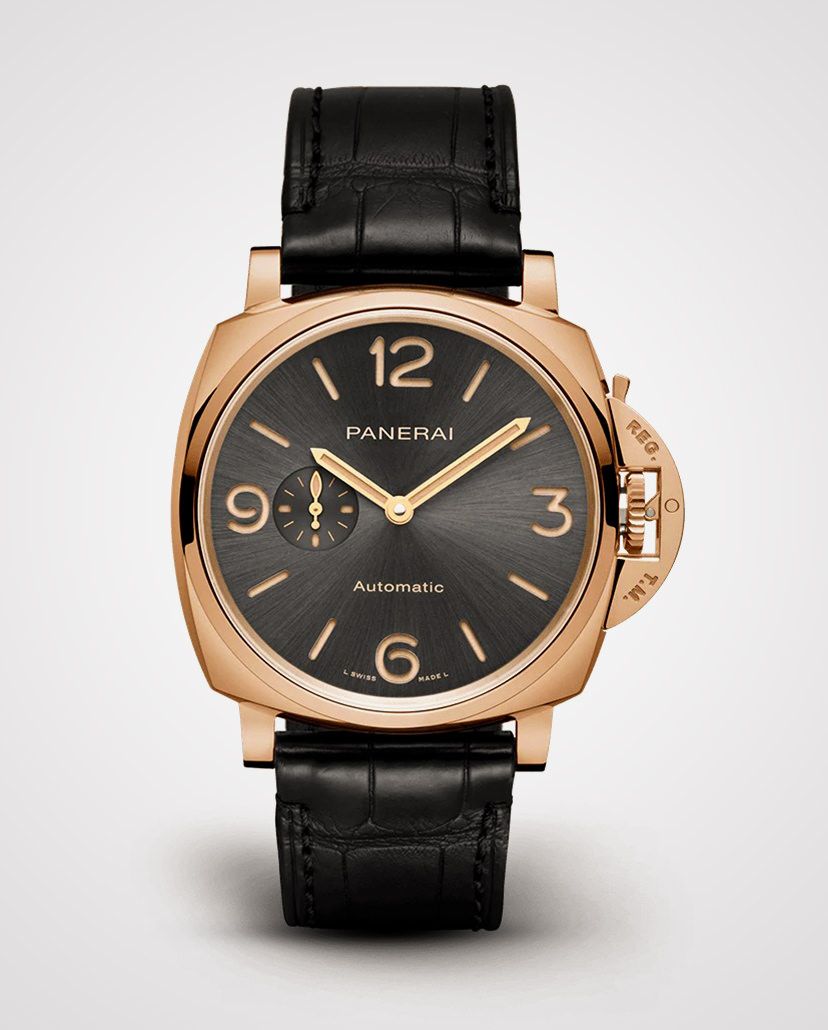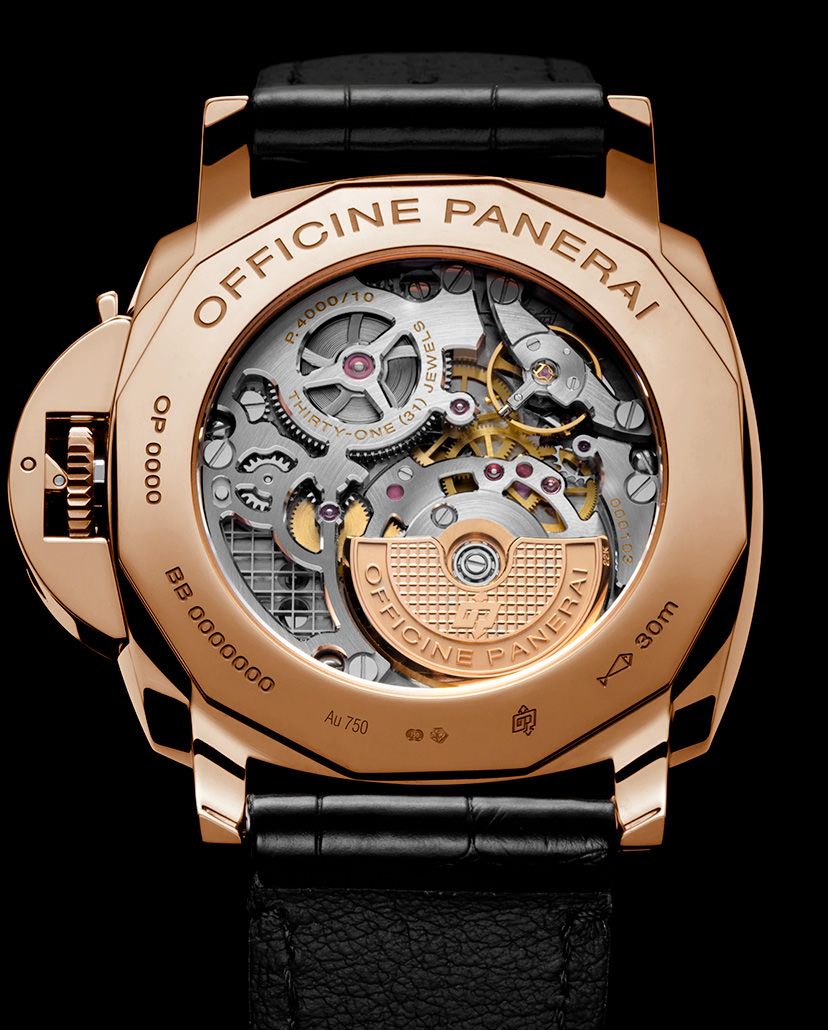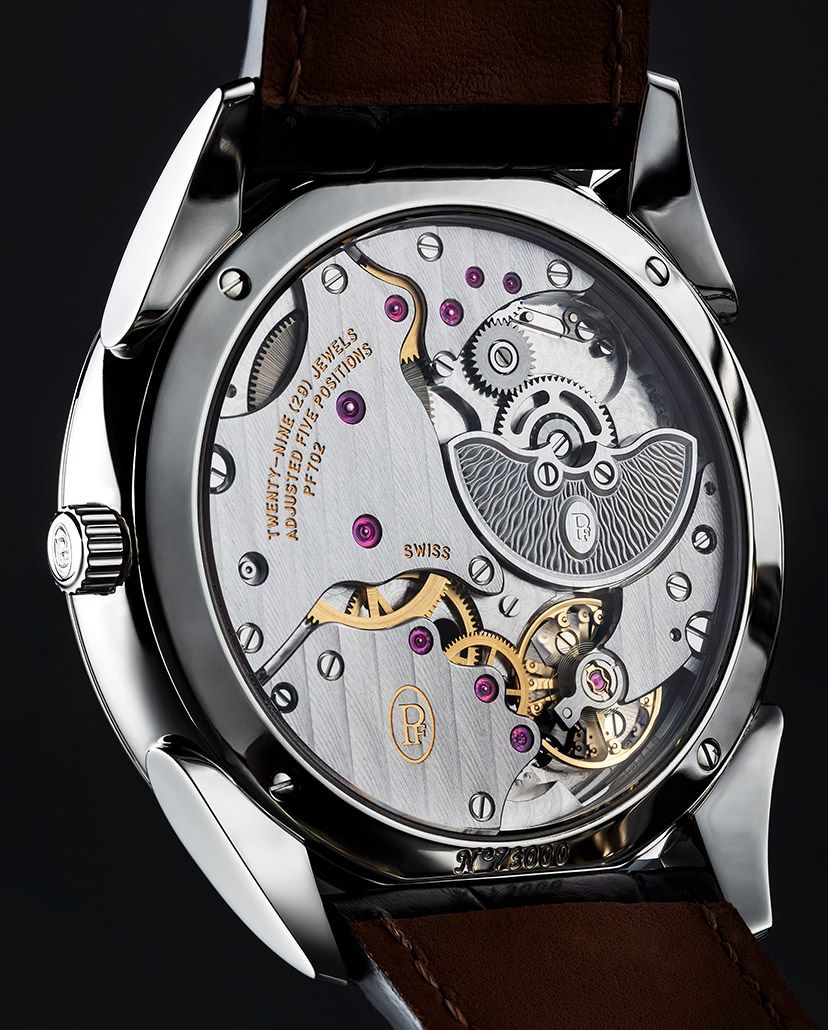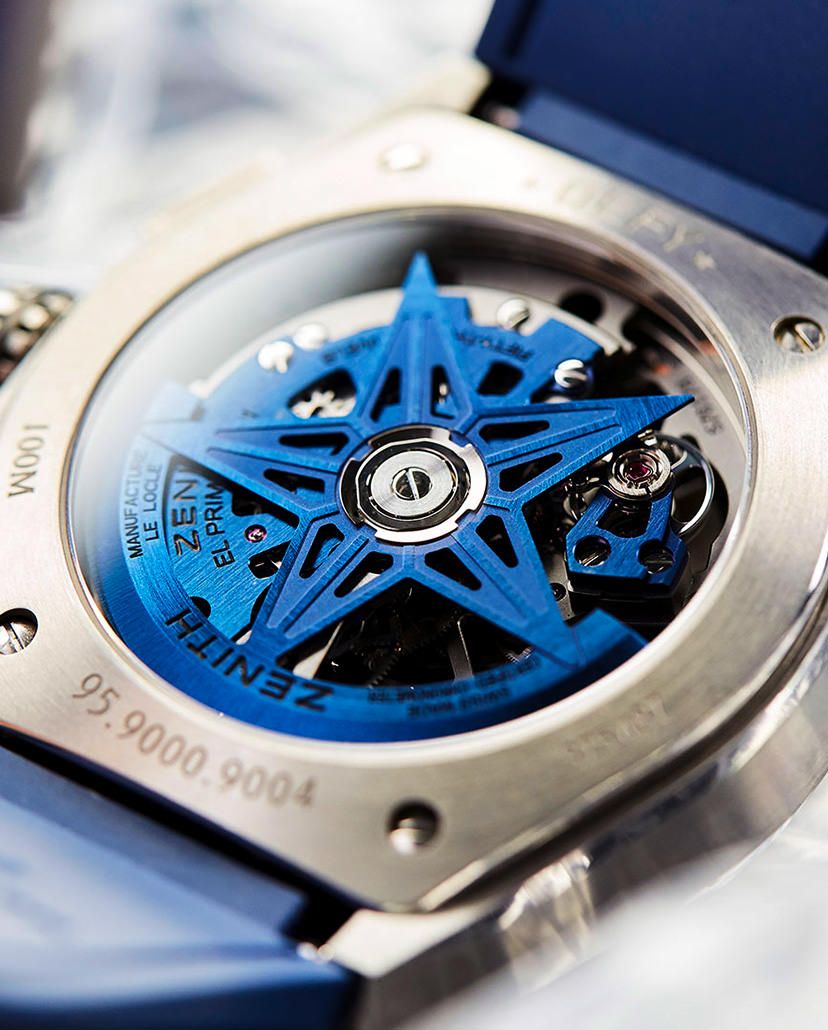Round-UpWatch Your Back: 10 Watches With Uniquely Beautiful Casebacks
The face of the watch is usually the part that gets most of our attention. However, us enthusiasts always want a little more, don’t we? So here, we shift our attention to watches that allow wearers to catch a glimpse of the intricacies of their exciting inner workings through their exquisite casebacks
May We Recommend
If you love mechanical watches and the intricacy of watchmaking, you are already keenly aware of the joys of owning a watch with an exhibition caseback. A display or exhibition caseback is basically where, instead of a simple metal plate, manufacturers choose to exhibit the movement by replacing the metal with a sapphire crystal window. Here, at The Watch Guide, it’s obvious that we prefer to see the inner workings of our watches in all their glory. It’s hard to describe the romance of watching all the parts move in mechanical harmony. And If you’re a true connoisseur of watches, you’d agree with us. So, let’s explore some watches with uniquely beautiful casebacks that’ll take you ‘back’ to the watchmaking basics, shall we?
The Carl F. Bucherer Manero Peripheral
When it comes to a good exhibition caseback, automatic watches present a challenge. Now the self-winding mechanism of an automatic is in no doubt supremely practical for everyday usage. But the fact of the matter is that the rotor takes up a majority of exhibited space in an exhibition caseback, which slightly defeats the whole point. This is where the genius of Carl F. Bucherer comes into play. The in-house calibre A2050 uses a peripheral rotor winding system, in which the rotor travels around the circumference of the movement. This offers an unhindered view of Geneva-striped angular and modern bridges of the movement, together with the comfort and practicality of automatic winding. The COSC-certified calibre A2050 also has an impressive 55-hour power reserve, making this watch a beautiful as well as a practical choice.

The Frederique Constant Classic Moonphase
The Frederique Constant Classic Moonphase finds a special spot on this list for two important reasons. The first is the brand’s ethos of creating classically styled watches, with overachieving complications—in this case, a moonphase—all at a fraction of the cost compared with other Swiss bigwigs. Two, that brilliant hunter-style caseback! A throwback to the pocket watches of the early 20th century, the hunter caseback adds a ton of character to an already splendid watch. And while it may not be a super-complicated mechanism, it is easily one of our favourite models from the manufacturer. Upon flipping the watch over, you notice a rather plain plate of gold-plated steel with some etching on it. The plate pops open from the side, revealing a wide display caseback through which you admire an extensively decorated and absolutely gorgeous in-house calibre FC-715. You’d be hard-pressed not to open and admire the caseback every time the watch is off your wrist!

The Jaeger-LeCoultre Reverso Tribute Small Seconds
The Reverso may not have an exhibition caseback like the rest of these watches, but we’d still like to talk about it for its uniqueness and its origin story. Many years ago, British army officers stationed in India had a problem with their watches. The glass would almost always take a hit and break while they played the rough sport of polo. There was a need for a watch that was as elegant off the field as rugged as it was on it. The designers at Jaeger-LeCoultre had a unique idea: just flip the watch face over to the caseback side, while it’s on the wrist, and the dial and glass stay hidden and protected. This is how the Reverso was born. And Jaeger-LeCoultre has decided to take this legacy forward with the many iterations of this distinctive timepiece. The Jaeger-LeCoultre Reverso Tribute Small Seconds is housed in a stainless steel case, which, when flipped over, reveals a simple steel caseback meant to protect the watch under rough situations. Under the caseback is the manual-winding calibre 854A/2, beating at 21,600vph and giving the watch a 42-hour power reserve.
The Meistersinger Circularis
Widely known for their unconventional single-hand time displays, the Circularis doesn’t look all that different from the other models in the brand’s line-up. However, this timepiece was an important step for the brand, as this was MeisterSinger’s first watch to feature a movement designed for one hand and one hand only. The Circularis’ in-house movement, MSH02, is constructed with two oversized barrels instead of one. This gives it a quirky look, and to us at least, quirky is beautiful. It becomes harder to dismiss the movement’s design when you try and comprehend the massive five-day power reserve it brings with it. And of course, the hand-wound mechanism means that there’s no rotor obstructing the goodies.
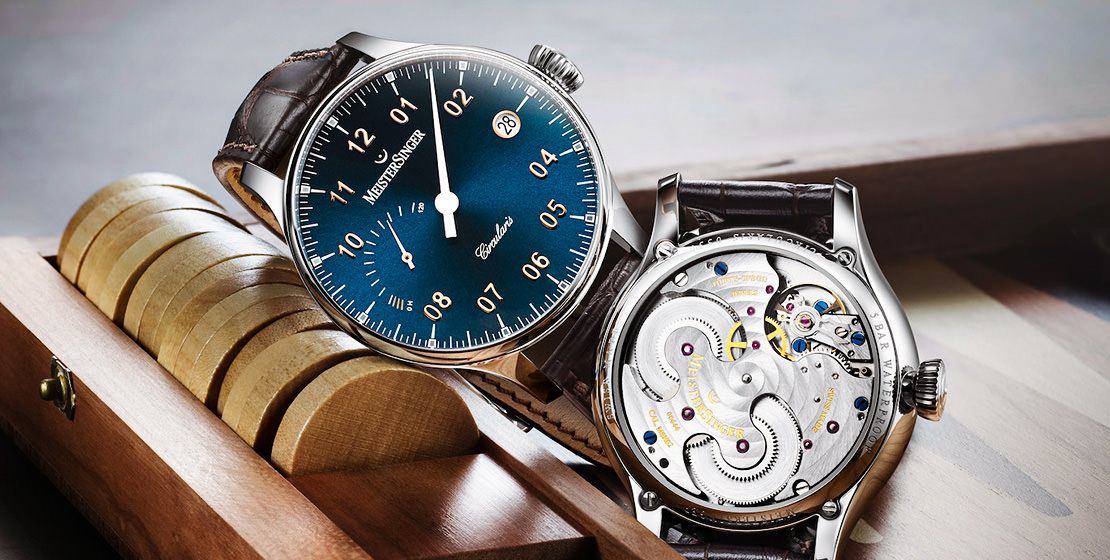
The H. Moser & Cie. Streamliner Flyback Chronograph Automatic
We wouldn’t blame you for thinking that this was a hand-wound movement. Even I thought so at first. That’s the sheer brilliance of the HMC 902, a movement developed by H. Moser & Cie. in collaboration with independent watchmaking entity AGENHOR. For the first time in watchmaking, the oscillating mass that winds the mainspring has been moved from behind the caseback to the space between the back of the dial and the movement. What this means is that you get an unhindered view of all the superlative decorations and moving parts of the movement, including perlage and Côtes de Genève finishing. This state-of-the-art movement that powers a central flyback chronograph can only be found in the Streamliner and boasts a 54-hour power reserve.
The Omega Speedmaster Moonwatch Apollo 8 ‘Dark Side Of The Moon’
The Apollo 8 is a truly special watch from Omega. It is the brand’s most avant-garde approach to the Speedmaster, where the dial, movement and caseback set it apart from the rest of the collection by a tremendous margin. A semi-skeletonised dial, meant to portray the visible surface of the moon, carries a laser illustration of the satellite’s surface along with an open view of a portion of the chronograph movement underneath, which sets the lunar tone for the Moonwatch right from the get-go. However, flipping the watch over reveals a texture akin to that which the Apollo 8 astronauts saw on the ‘dark side of the moon’. The Omega calibre 1861 hand-wound chronograph movement, seen through the caseback, features this dark texture, along with purple jewels, and the varied brightwork of metal cams and wheels. The bridges too are finished to match the moon surface details of the dial.
The Oris Big Crown ProPilot X Calibre 115
Exhibition casebacks came into existence not because of public demand, but because the manufacturers were quite pleased with the movements they had created and wanted their customers to see and appreciate the same. Going by that, you can tell that Oris was really proud of the calibre 115, and for good reason. Through the massive, panoramic caseback you can see the beautifully open-worked movement in all its glory, with the wheels, a couple of bridges, screws and jewels set brilliantly. Then there’s the big barrel with the mainspring visible, which gives the watch an incredible 10-day power reserve. The movement itself is quite angular and sharp, taking inspirations from aviation and architecture.
The Panerai Luminor Due 3 Days Automatic
When it comes to exhibition casebacks, micro-rotors can be considered the perfect solution. You still get an automatic movement with a simple oscillating mass rotor, but with enough space to showcase the decoration, bridges, wheels—the works. This Panerai Luminor Due serves as a perfect example. The P.4000 calibre that powers this watch features a decentralised micro-rotor made of 22-karat gold, making the oscillating mass a decoration in itself. The bridges feature a circular brushed finish and gilded engraving, while the rotor features a clous de Paris hobnail finish and polished decorations in relief on the brushed surface. Employing a micro-rotor has yet another advantage—the thickness of the movement can be substantially reduced, which in this case is a mere 3.95mm. That’s especially shocking when you learn of the watch’s truly impressive 72-hour power reserve.
The Parmigiani Tonda 1950
Another watch that takes advantage of the upsides of a micro-rotor is the Parmigiani Tonda 1950. At just 2.6 mm thick, the incredibly thin calibre PF701 owes its slim profile to an off-centred micro-rotor directly integrated into the main plate. This component winds the mainspring and gives the watch a 42-hour power reserve. All the lovely engravings and patterns make for a movement that can almost be called artistic, and can be appreciated through the sapphire crystal caseback of this ultra-thin steel wristwatch.
The Zenith Defy El Primero
Any watch nerd worth their horological salt knows the marvel of the Defy El Primero movement. But if you’ve never geeked out on it before, allow me to explain why you should. The El Primero 9004 calibre takes the idea of high-speed chronograph movements to the extreme, with its dual-escapement technology. This mind-boggling chronograph is capable of measuring 1/100th of a second! The movement has a separate mainspring and balance wheel for the chrono mechanism. The timekeeping escapement beats at 36,000vph, while the second escapement, which powers the chronograph, vibrates at an astonishing 3,60,000vph! The best part about all this? You can actually witness the actuation of the chronograph system through its sapphire crystal caseback, making it one of the most technologically engaging timepieces you can own.


